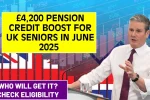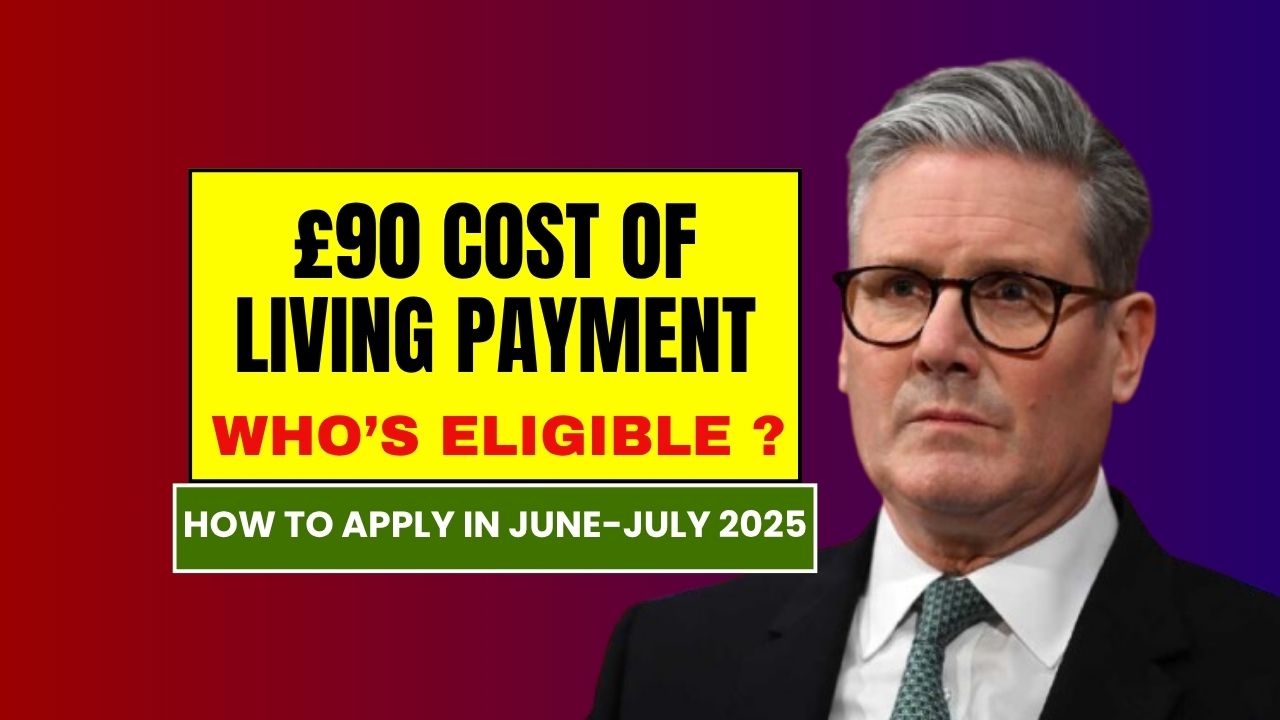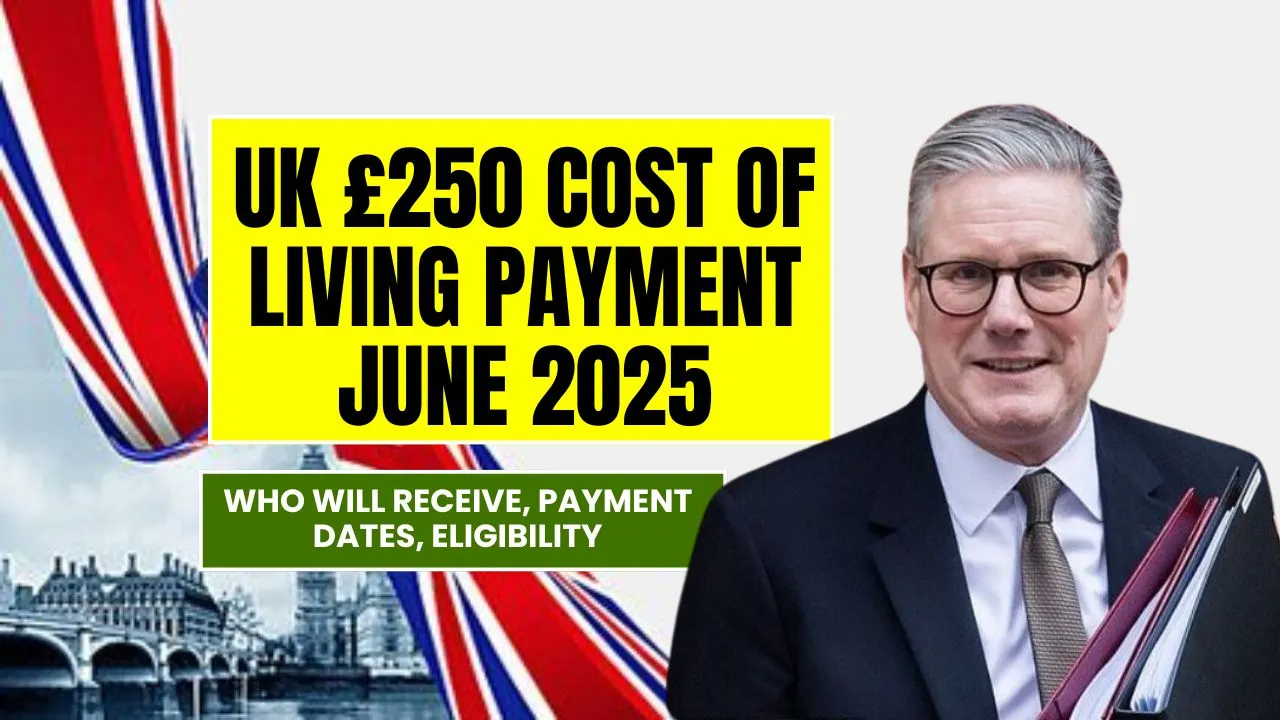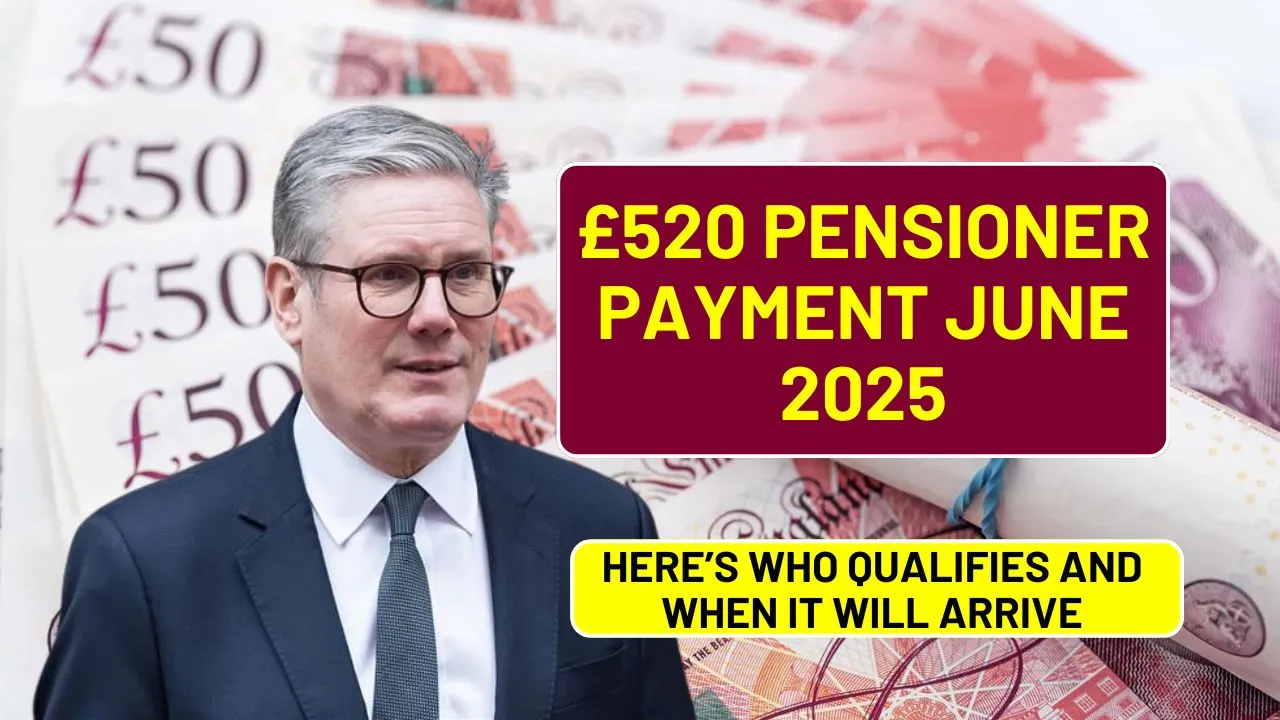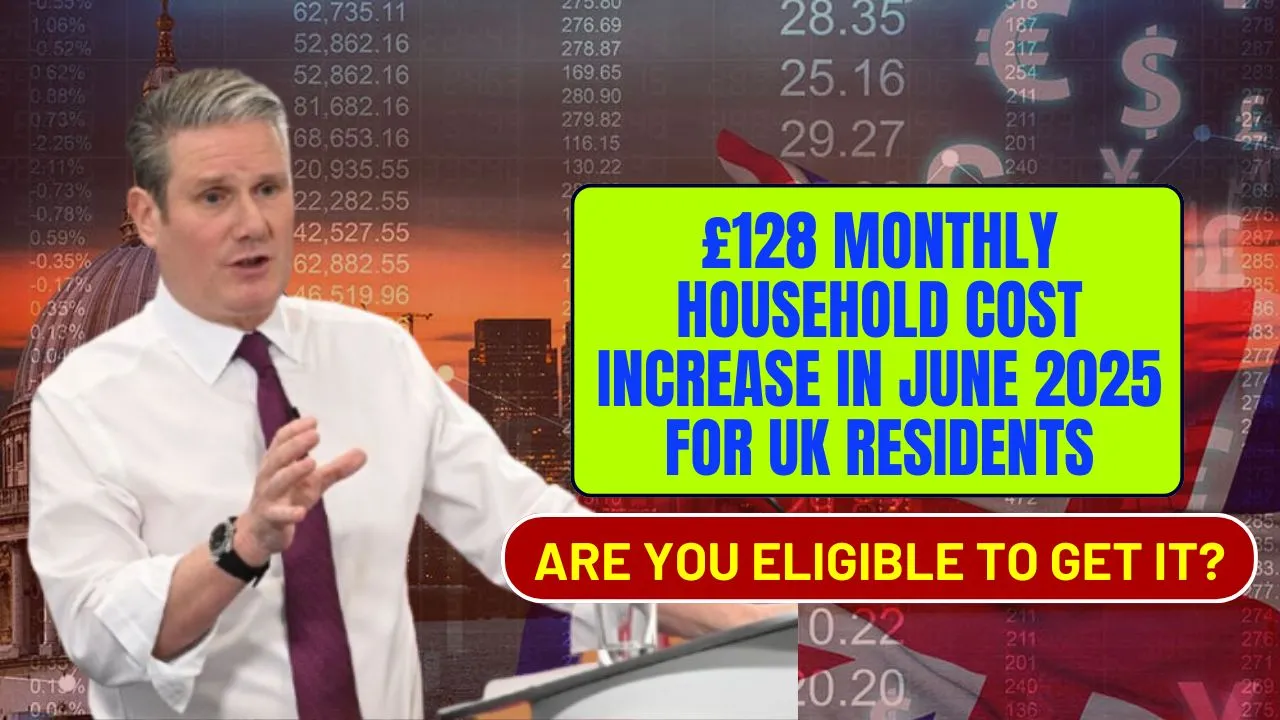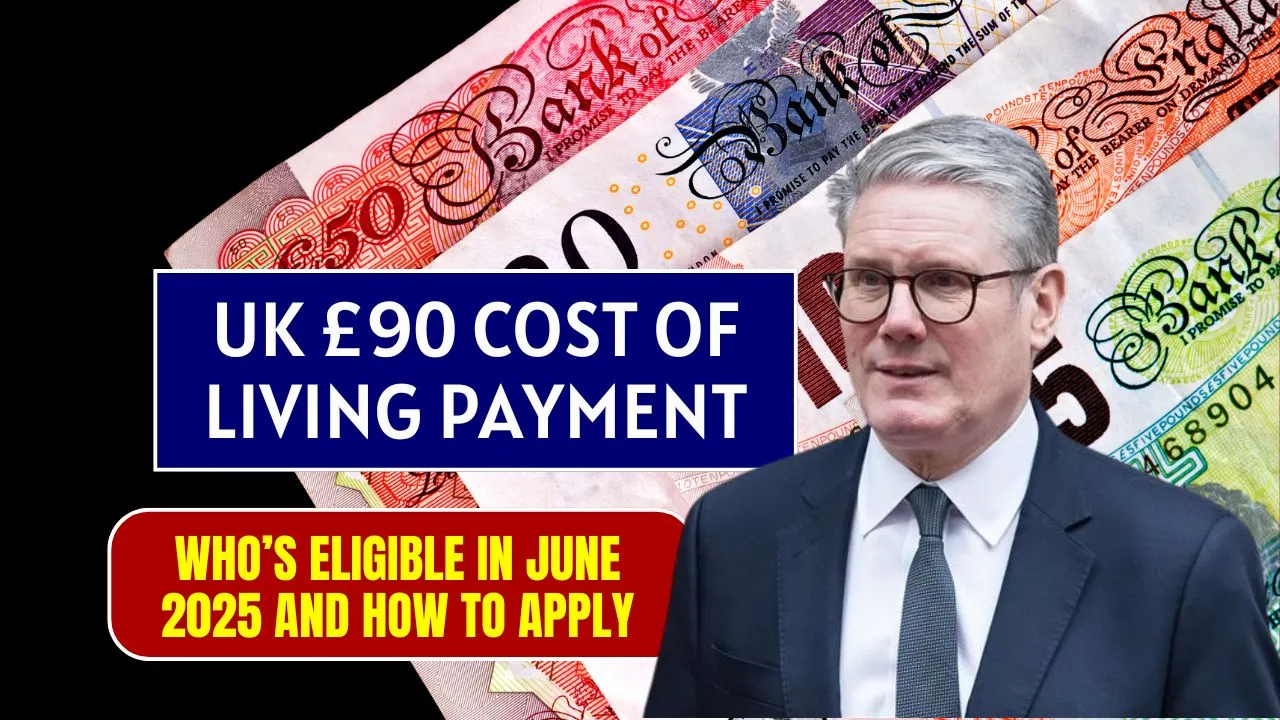DWP £301–£500 Cost of Living Boost: As inflation and rising living expenses continue to strain UK households in 2025, the government has confirmed another round of Cost of Living Payments to provide direct support to vulnerable individuals. The Department for Work and Pensions (DWP) has outlined payments ranging from £301 to £500, aimed at those who rely on means-tested benefits, disability support, and other low-income assistance.
These payments are part of a broader plan to tackle financial pressure on millions across the UK. If you’re receiving qualifying benefits or supporting someone with extra needs, it’s important to understand how the DWP £301–£500 Cost of Living Boost could benefit you in 2025.
DWP £301–£500 Cost of Living Boost
The DWP £301–£500 Cost of Living Boost is a continuation of the support first introduced in 2022 to help households manage rising costs. What began as temporary relief has now evolved into a structured, multi-phase payment system—tailored to reach the most at-risk individuals.
This year’s payments will be distributed in three instalments: spring, summer, and autumn 2025. Depending on your personal circumstances and the benefits you receive, your total payment for the year could be as high as £500.
Overview Table: 2025 Cost of Living Payment Summary
| Category | Details |
| Total Payment Range | £301 to £500 |
| Who Qualifies | Benefit and tax credit recipients, carers, disabled individuals |
| Payment Schedule | Spring, Summer, Autumn 2025 |
| Application Needed | No – payments are automatic |
| Where to Get Info | DWP official website (gov.uk) |
What Are the 2025 Cost of Living Payments?
The Cost of Living Payments are one-time, non-taxable cash support payments distributed directly to qualifying households. First launched in response to the energy and inflation crisis, these payments have now become an annual relief program.
In 2025, payments are structured to offer consistent support throughout the year:
- Spring 2025: £301 base payment
- Summer 2025: Top-ups up to £200 for carers and people with disabilities
- Autumn 2025: Final payment to complete the yearly total of up to £500
These instalments are timed to provide help during key financial stress periods when energy usage or general expenses tend to spike.
Who Is Eligible for the Payment?
To receive the DWP £301–£500 Cost of Living Boost, you must be receiving one or more qualifying benefits during specific assessment periods, which will be announced ahead of each payment window. Eligibility is split into two main groups:
Standard Eligibility (for £301 base payment or more)
You may qualify if you receive:
- Universal Credit
- Income-based JSA
- Income-related ESA
- Pension Credit
- Income Support
- Working Tax Credit
- Child Tax Credit
- Housing Benefit
Higher Tier Eligibility (for up to £500 total)
You could receive additional support if:
- You receive disability benefits such as Personal Independence Payment (PIP), Disability Living Allowance (DLA), or Attendance Allowance
- You qualify for health-related heating support
- You are a registered carer supporting a vulnerable person
These top-up payments are designed to ensure those with the greatest financial needs receive the most support.
Payment Schedule for 2025
The payments will be rolled out in three distinct phases:
| Phase | Expected Timeframe | Estimated Amount |
| Spring 2025 | March – May | £301 |
| Summer 2025 | July – August | Up to £200 (top-up) |
| Autumn 2025 | October – December | Final top-up payment |
Exact dates for each instalment will be published on the DWP website, and notifications may be sent directly to benefit recipients through letters or text messages.
How to Receive Your Payment
There is no application process for these payments. If you’re already receiving a qualifying benefit, the payment will be automatically deposited into the same account used for your regular benefits.
Important Reminders:
- Ensure your bank account details on file with DWP or HMRC are up to date.
- If you do not receive a payment, check your eligibility first, then contact DWP.
- Keep any recent benefit award letters in case verification is needed.
The payment reference will typically appear on your bank statement as “DWP COL” or “HMRC COLP”, depending on which department issued it.
Why These Payments Matter in 2025
According to the Office for National Statistics (ONS), around 25% of UK households are struggling to keep up with essential bills. This includes rent, energy, and groceries—all of which remain expensive despite recent efforts to curb inflation.
With core inflation still hovering above 5%, many families are finding it harder to manage. These DWP Cost of Living Payments are designed to:
- Ease immediate financial stress
- Provide targeted support to the most vulnerable
- Offset seasonal cost spikes throughout the year
- Complement other forms of financial help, such as energy subsidies and council support
The phased approach ensures that assistance is available when families need it the most.
Conclusion
The DWP £301–£500 Cost of Living Boost is more than just a short-term fix—it’s a vital support system for households facing ongoing financial pressure in 2025. Whether you receive Universal Credit, Pension Credit, or support for a disability, these payments could make a real difference in managing your monthly expenses.
To make sure you receive the full benefit:
- Confirm your eligibility during the qualifying windows
- Ensure your contact and bank information is accurate
- Stay updated through gov.uk or official DWP communications
FAQs About the 2025 Cost of Living Payment
What is the total amount I can receive in 2025?
You could receive between £301 and £500, depending on the benefits you receive and your personal circumstances.
Do I need to apply?
No application is required. If you’re eligible, the payment will be made automatically.
When will I get my payment?
Payments will be issued in spring (March–May), summer (July–August), and autumn (October–December).



